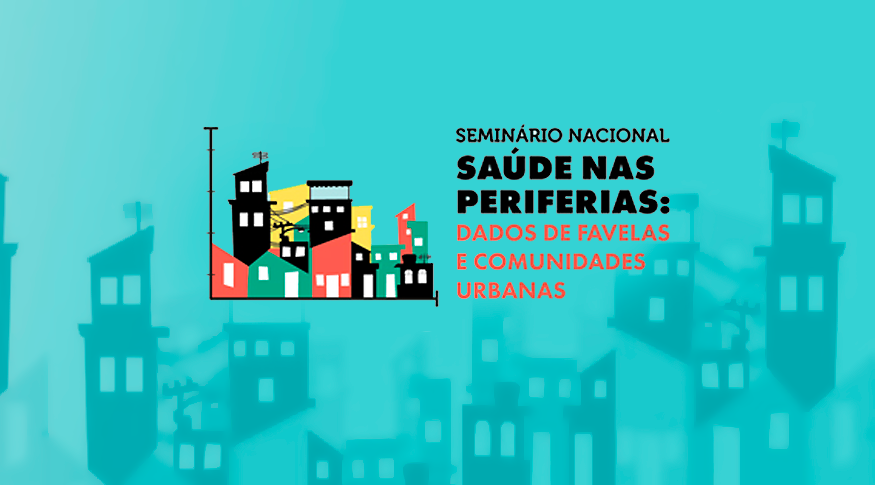Cobertura e uso da terra
Agricultural area increases in two years, occupies 7.6% of national territory in 2018
March 26, 2020 10h00 AM | Last Updated: March 27, 2020 01h37 PM

Agricultural area in Brazil increased 44.8% between 2000 and 2018, occupying 664,784 km2 of the territory - Photo: Photoxpress
The agricultural area in Brazil increased 3.3% between 2016 and 2018, as pointed out by Monitoring Land Use and Cover, released today (26) by the IBGE, and available in the Interactive Geographic Platform. Since the beginning of the time series of the survey in 2000, the agricultural area increased 44.8%, reaching 664,784 km2 in 2018, the equivalent to 7.6% of the national territory, considering the land and maritime portions of the country.
Between 2000 and 2012, nearly 20% of the new agricultural areas came from the conversion of pasture management, though this figure rose to 53% from 2012 onwards. "Of all the changes in land use and cover that happened between 2016 and 2018, 16% of them were conversion of management pasture into agricultural areas", highlights Fernando Peres, IBGE manager of Natural Resources, explaining that this type of pasture is characterized by cleaning, fertilization, application of herbicides and planting.
According to the IBGE researcher, the conversion of pasture management into agricultural area is an usual method among the Brazilian producers. "We have noticed that the occupation dynamics follows an order, both in forest and savanna areas. Firstly comes the removal of the native vegetation, followed by the installation of pasture and, after some years, the implementation of agricultural areas", explains him.
Among the regions that stand out in the growth of agricultural areas are the northeast of Mato Grosso, the cities of Santarém and Paragominas, in Pará, and Imperatriz, in Maranhão, all of them with increasing soybean planting, states Peres.
Nevertheless, the agricultural expansion was slower than that reported in previous surveys. The biggest growth of the agricultural areas was reported between 2012 and 2014, when it rose 7%, whereas the smallest one was between 2014 and 2016, with 3.1%.
This study also shows that Brazil lost 7.6% of its forest vegetation in 18 years. The area, which was of 4,017,505 km2 in 2000, changed to 3,712,058 km2 in 2018, the equivalent to 42.4% of the territory. On the other hand, the rural vegetation, which corresponds to the areas of Cerrado, Caatinga and Pampas, lost 10.1% of its area in this same period.
Monitoring of Land Use and Cover is the only geoscientific study in the IBGE that has a time series since 2000, which allows to follow up the evolution and patterns of occupation of the Brazilian territory. It aims at spatializing and quantifying the land cover at regular periods, based on a systematic mapping.




















